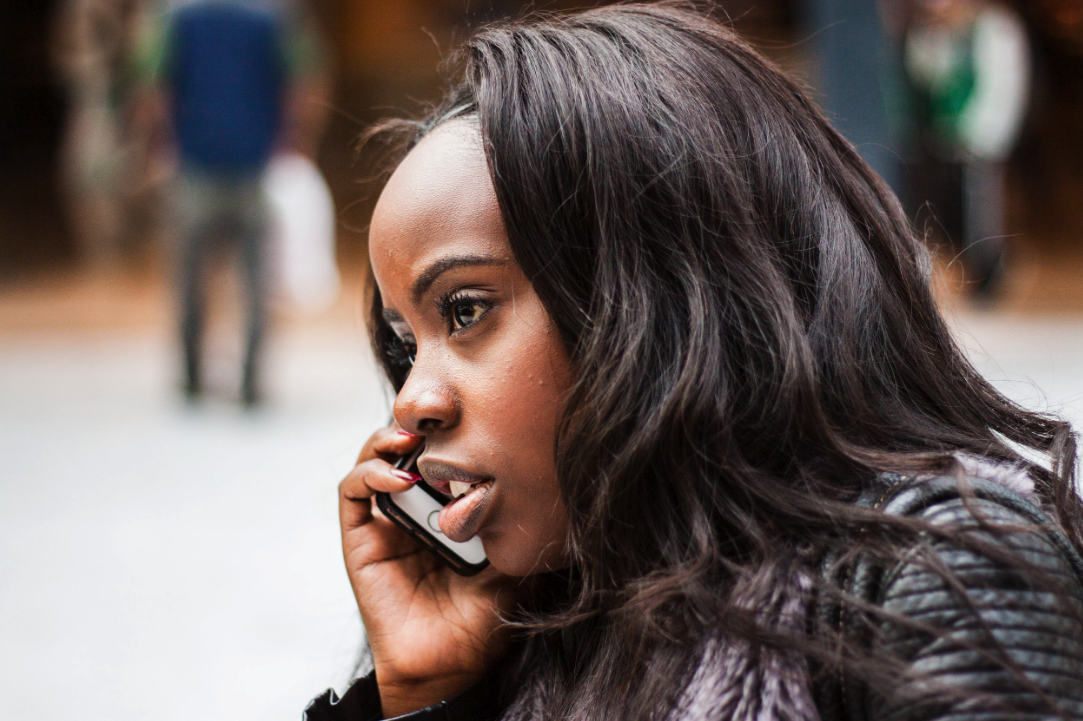Anxiety comes from many sources: old physical and emotional wounds, trauma and childhood emotional neglect, just to name a few. The feelings from these issues are often buried below the surface, and anxiety bubbles up when we feel distressed.
Other times, our anxiety stems from things that are much more tangible, like infertility, miscarriages or medical conditions that we have little control over. On the Woman Worriers podcast these last two weeks, we explored how polycystic ovary syndrome (PCOS) and infertility can impact women’s anxiety, their health and their sense of self. These and other medical conditions can leave us feeling anxious and depressed and can cause strain in our relationships.
We end up feeling like our bodies are the enemy because they’re not conforming to societal and biological norms. Our sense of control and well-being is disrupted when medical conditions impact how we feel about our bodies. These concerns can shake our sense of self and leave us feeling like we no longer “fit-in” or that there’s something “wrong” with us.
Suffering In Silence
Dealing with very personal medical problems is especially hard because talking about them can make us feel uncomfortable and vulnerable. We’re not sure how others will react. We’re not sure if we even want to share what’s happening. We end up feeling isolated and alone. This can be especially the case if, when we seek medical help, the healthcare provider isn’t able to diagnose and treat your condition right away or dismisses your symptoms. That can leave us feeling as though maybe we’re imaging the problem.
I’ve heard stories from women whose physicians told them that their fatigue, their physical pain, or their menstrual cycles wouldn’t be a problem if they’d just loose weight, gain weight, take better care of themselves, not worry so much…. And while all of those things might cause other medical issues, these women had diagnosable conditions that were ignored or the women were blamed for the symptoms by doctors who didn’t take time to listen and look for a cause.
We’re left feeling like it’s all in our head, or our body is the problem. If it would just stop feeling so _______ (you fill in the blank) we’d be fine.
Don’t Assume It’s Your Imagination
But women are prone to get certain medical conditions that are often overlooked. Many women’s-health issues are under-researched and physicians receive little education about them. If our physician isn’t willing to dig a little deeper, we’re left to figure it out for ourselves.
Reach out for support
I can remember when my peri-menopausal symptoms began. I was convinced I had early-onset dementia. I was so forgetful and clumsy. It was hard to focus my attention on anything. I was scared, and scared to talk about it. In my worried mind, I would go over and over whether it was better to know if I had dementia and live accordingly or better to move forward in ignorance and just live my life.
I finally talked to my sister, who is older than I am, and she shared some of her friends’ experiences with menopausal symptoms. I realized the forgetfulness and clumsiness were frustrating but temporary. I was relatively young to be starting menopause, so I didn’t have friends who had gone through it. I had no idea how impactful hormonal changes could be on my mental health. If I hadn’t talked about it, I would have struggled through that time being more anxious and worried than I needed to be.
Reach Out To Resources
If you feel that your symptoms aren’t being taken seriously and there are medical issues you’re concerned about, keep pushing for better answers. Ask for help if you feel the process is causing you to feel anxious or depressed. Explore online forums, ask friends, search out non-profit organizations and mental health clinicians that can work with you.
If you enjoyed this blog post and would like more insights into living with anxiety, tune into the Woman Worriers podcast. In each weekly 30-minute episode, host Elizabeth Cush, LCPC, and her guests explore living with anxiety, relationships, parenting, surviving trauma and other topics and offer insights into mindfulness, meditation and other helpful resources.
Elizabeth Cush, LCPC is a therapist, blogger, creator and host of the Woman Worriers podcast, and the owner of Progression Counseling in Annapolis, Md and she’s been featured in these major publications. Elizabeth helps busy, overwhelmed men and women manage their anxiety and stress so they can live their lives with more ease, contentment and purpose. If you'd like to know more about how individual, online and group therapy can help ease anxiety and stress, contact me!












